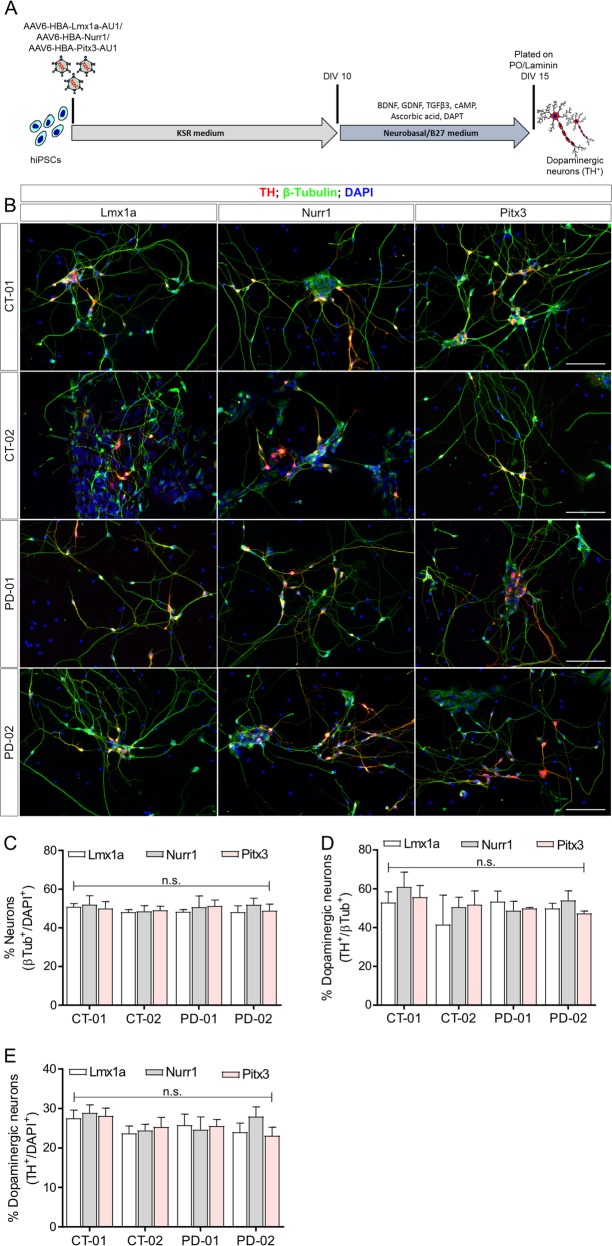Fig. 3. Quantification of percentage of neurons and dopaminergic neurons obtained from four different hiPSC lines using viral vector-mediated patterning.
a Schematic representation of the use of adeno-associated viral vectors encoding rLmx1a, rNurr1 and rPitx3. b Representative fluorescence images of immunoreactivity for the dopaminergic neuronal marker TH (red) and the pan-neuronal marker β-Tubulin (green) at DIV 20. Nuclei are counterstained with DAPI (blue). Scale bars: 100 µm. c Quantitative analysis of total percentage of neurons obtained after viral vector-mediated patterning. Data represent the average percentage of total neurons of all cells in culture (β-Tubulin+/DAPI+). d Quantitative analysis of total percentage of dopaminergic neurons obtained after viral vector-mediated patterning. Data represent the average percentage of total dopaminergic neurons out of total number of neurons in culture (TH+/β-Tubulin+). e Quantitative analysis of total percentage of dopaminergic neurons obtained after viral vector-mediated patterning. Data represent the average percentage of total dopaminergic neurons out of total number of cells in culture (TH+/DAPI+). In all graphs, bars represent the average percentage ± SD from three independent differentiations and independent transductions for each of the four hiPSC lines. Non-significant (n.s.) via two-way ANOVA followed by Bonferroni’s post-hoc test.

